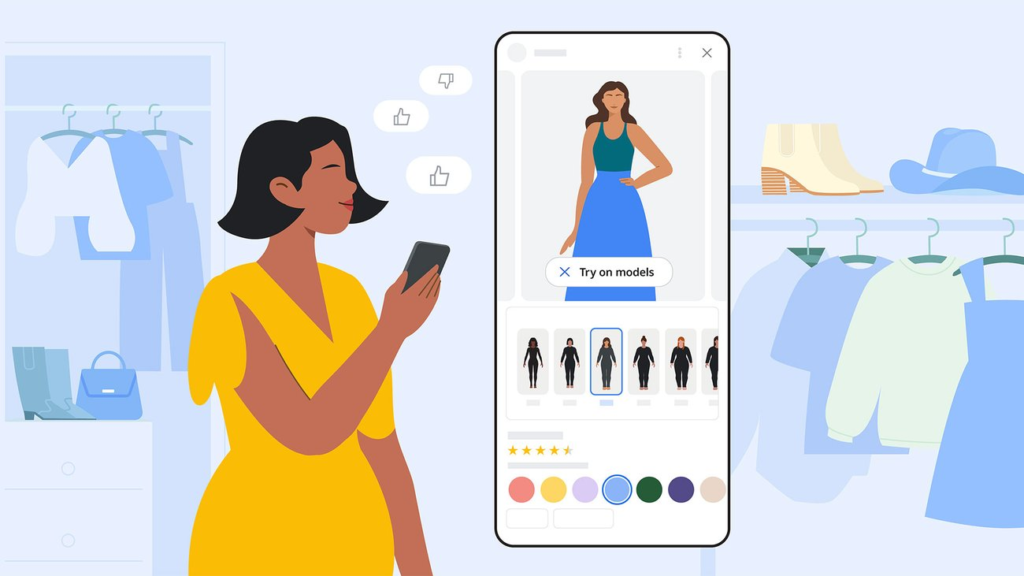
The digital transformation of retail has ushered in innovative technologies, with Virtual Try-On (VTO) systems leading the charge. These technologies allow users to visualize clothing on themselves through augmented reality, addressing significant challenges faced by online clothing retailers. For online marketers and shopkeepers, comprehending the psychological factors driving VTO adoption is crucial for enhancing engagement and conversion rates.
Psychological Drivers of VTO Adoption
VTO technology significantly enhances the user experience by providing an interactive and immersive shopping environment. This technology allows users to visualize how garments will fit and look on them, thereby reducing the uncertainty associated with online purchases. The ability to virtually try on clothing fosters a sense of control and confidence in decision-making, which is essential in an online shopping context where physical interaction is absent.
Mental Imagery
Research indicates that virtual-try-on can evoke vivid mental images that enhance users’ ability to envision themselves wearing specific items. This process not only aids in product evaluation but also strengthens emotional connections to the garments being considered. When users can imagine themselves in a piece of clothing, their purchase intentions increase, making them more likely to complete transactions. Marketers can leverage this by emphasizing the mental imagery aspect in promotional strategies, showcasing how VTO can transform the shopping experience.
Technology Anxiety
Despite its advantages, VTO adoption may be hindered by technology anxiety—a common barrier where potential users feel overwhelmed or skeptical about utilizing new technologies. Online marketers should focus on creating user-friendly interfaces that simplify the VTO experience. Providing clear instructions and support can alleviate concerns and encourage more users to engage with this technology.
Perceived Value
Another critical factor influencing VTO adoption is perceived value. Users are more likely to embrace VTO if they believe it offers substantial benefits, such as improved fit visualization and reduced return rates. Marketers should clearly communicate these benefits through targeted messaging that highlights how VTO enhances the overall shopping experience. Case studies and testimonials can serve as powerful tools to demonstrate the effectiveness of VTO technology.
Strategies for Effective VTO Adoption
To drive adoption, online retailers should develop marketing campaigns that emphasize the unique advantages of VTO technology:
- Highlight Features: Focus on accurate fit representation and enhanced product visualization to attract attention.
- Utilize Social Media: Showcase real-life applications of VTO on social media platforms to engage potential users effectively.
- Gather User Feedback: Implement mechanisms for users to share their experiences and suggestions for improvement, fostering a sense of community.
- Integrate Gamification: Incorporate elements that allow users to share their virtual try-ons or compete with friends for the best looks, creating a dynamic shopping environment.
Conclusion
The adoption of Virtual Try-On technology presents a significant opportunity for online clothing retailers to enhance user engagement and drive sales. By understanding the psychological factors influencing adoption—such as mental imagery, perceived value, and technology anxiety—marketers can develop targeted strategies that promote VTO usage effectively. As this technology continues to evolve, its ability to provide an engaging and satisfying shopping experience will be crucial in maintaining competitiveness in the online retail landscape. Embracing these insights will enable shopkeepers and marketers to harness the full potential of Virtual Try-On technology, ultimately leading to increased customer satisfaction and loyalty.